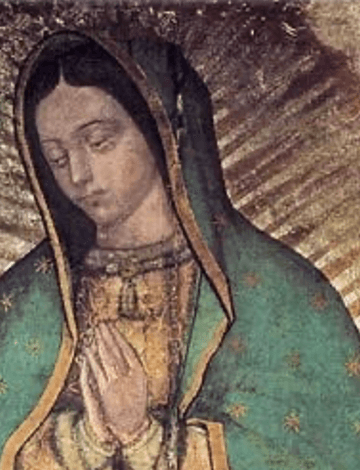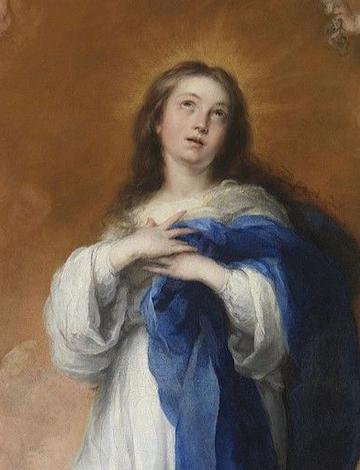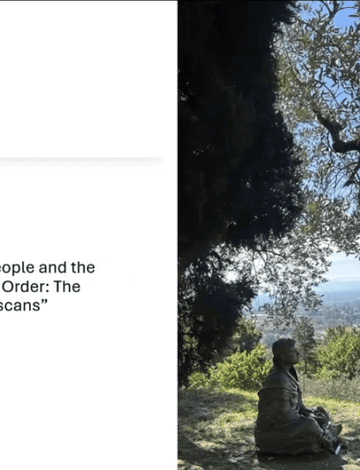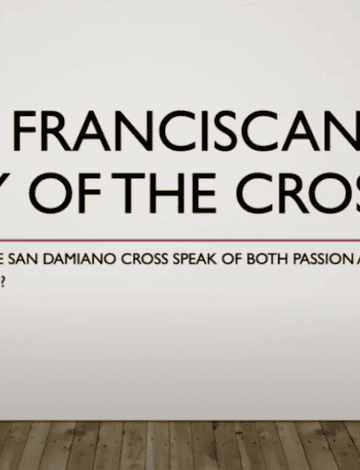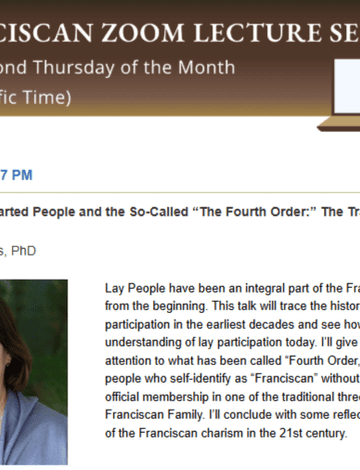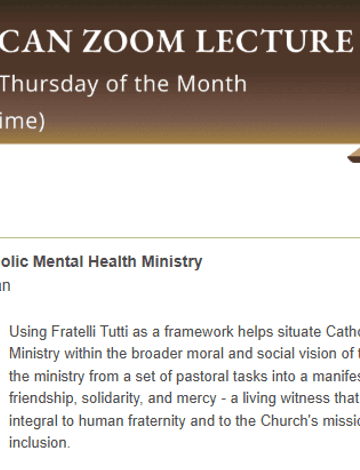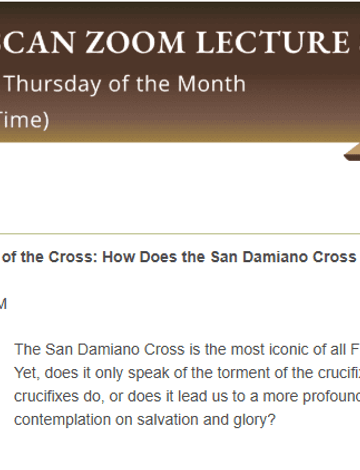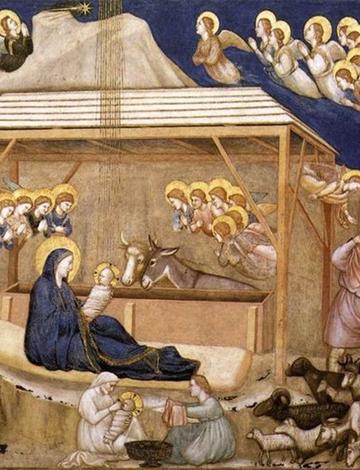
Christmas was such a special feast for Saint Francis because it reveals so vividly the deepest mystery of God: that our God totally empties self in the person of Jesus to share our frail humanity.

Christmas was such a special feast for Saint Francis because it reveals so vividly the deepest mystery of God: that our God totally empties self in the person of Jesus to share our frail humanity.

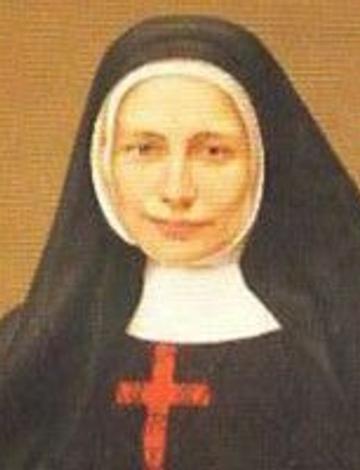
Christmas was such a special feast for Saint Francis because it reveals so vividly the deepest mystery of God: that our God totally empties self in the person of Jesus to share our frail humanity.
On December 15, Franciscans, especially Secular Franciscans and Third Order Regular congregations, honor the memory of Blessed Mary Frances Schervier (1819–1876).
On December 12, Catholics in the Americas celebrate the Feast of Our Lady of Guadalupe, which today is one of the most popular Christian shrines in the world. Franciscans were there at the beginning of this story.
On December 8, the Church celebrates the Solemnity of the Immaculate Conception of the Blessed Virgin Mary, especially significant for Franciscans, as under this title we honor Mary as Patron and Queen of the Seraphic Order.
"Franciscan-hearted People and the So-Called 'The Fourth Order:' The Tradition of Lay Franciscans" by Darleen Pryds, PhD is the latest lecture of the Franciscan Zoom Lecture Series, hosted by the Franciscan School of Theology at the University of San Diego.
"Fratelli Tutti as a Framework for Catholic Mental Health Ministry" by Wendell Callahan, PhD, is the latest lecture of the Franciscan Zoom Lecture Series, hosted by the Franciscan School of Theology at the University of San Diego.
"The Franciscan Way of the Cross: How Does the San Damiano Cross Speak of Passion and Resurrection?" by Fr. Jim Sabak, OFM is the latest lecture of the Franciscan Zoom Lecture Series, hosted by the Franciscan School of Theology at the University of San Diego.
In this presentation, Dr. Darleen Pryds will trace the history of lay participation in the Franciscan tradition in the earliest decades and see how it can inform our understanding of lay participation today.
In this presentation, Dr. Wendell Callahan will discuss how using Fratelli Tutti as a framework helps situate Catholic Mental Health Ministry within the broader moral and social vision of the Church.
In this presentation, James Sabak, OFM will discuss how the San Damiano Cross speaks of both passion and resurrection.
